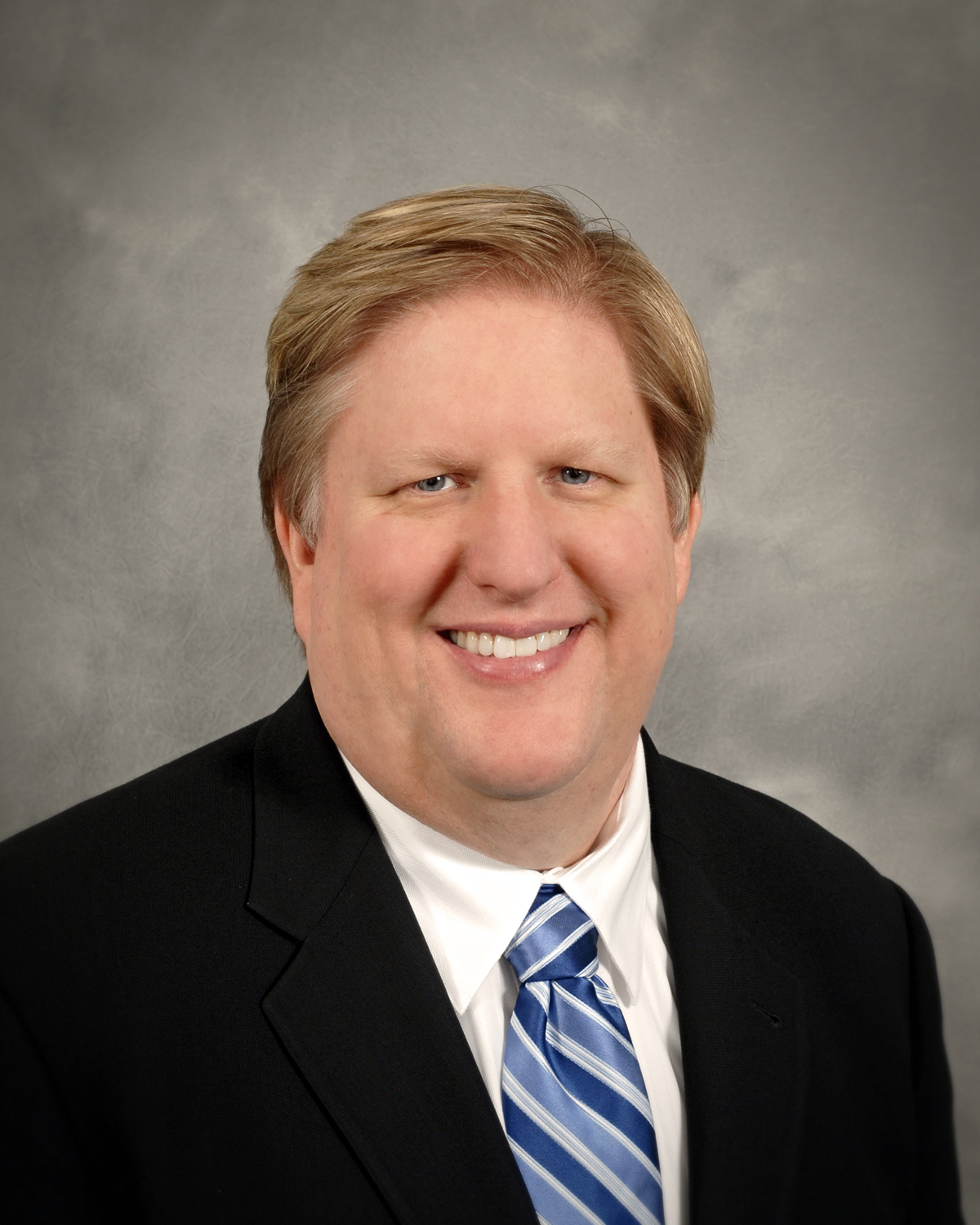In the fall of 2007, John Kenagy, PhD, senior vice president and CIO of Legacy Health in Portland, Ore., was defending his dissertation on what makes for a successful computerized physician order entry system from the user's point of view.
"At the time, there wasn't a whole lot of research into the determinants of success for CPOE," says Dr. Kenagy.
He had used a model that hadn't been used much in healthcare, the Delone and McLean information systems success model, to measure users' attributions of success. In a trial with Kaiser Permanente Northwest and Oregon Health & Science University, both in Portland, he found the model's three variables — information quality, technology quality and service quality — were generally able to predict if a user felt the system was successful.
"Basically, doctors [who were involved in the trial] who didn't think the net benefit of CPOE was positive generally rated the information and support lower. Those who said it made care better also felt better about the clinical information and user support they received," says Dr. Kenagy. 
What the model didn't account for was time. In an open-ended survey, Dr. Kenagy asked participating physicians to list other factors that contribute to how they view the success of the CPOE system, and a majority responded the system was adding extra work, and extra time, to their workdays. "They said, 'Don't take this away, it's important to patient care, but I am staying later to do this and it's having a negative impact on my work-life balance,'" he says. "And it's not something I've been able to address fully— we're still in the infancy of electronic health records, [and] it remains a work in progress."
Dr. Kenagy has spent his career doing what he can to optimize physicians' experiences using CPOE systems. He has been a healthcare CIO for the past 20 years, first within the Department of Veterans Affairs system, then OHSU, then Renton, Wash.-based Providence Health & Services and now at Legacy. At each organization, he has been a champion for CPOE systems and a physicians' champion in making them easier to use.
He focuses on providing extensive support both before and after all of his CPOE go-lives. "I try to make it so a doctor can't throw a tennis ball without hitting two people there to support him," he says.
Also, the support services shouldn't end after the program is live. Dr. Kenagy believes this is where many organizations falter during the CPOE implementation process — "taking the foot off the accelerator" and reducing the number of on-staff trainers and informaticists. "There will be a sense of exhaustion after go-live," he says, but it is important to keep support staff readily available to physicians. Legacy still employs a team of 45 informatics professional to do phone and "at the elbow" support and training as needed, says Dr. Kenagy. "I really think the continued investment in service quality from all our staff has contributed to the success we've had here." Last year, all Legacy Health hospitals and ambulatory clinics were recognized with HIMSS Analytics Stage 7 Award.
To address the time issue, Dr. Kenagy recommends programming in common order sets into the CPOE to reduce the number of clicks needed to order a routine treatment regimen. At Legacy, the information systems department worked with clinical specialists to compile standardized order sets that display on a physician's screen based on the patient's symptoms or condition.
"So if his patient is in for a heart attack, we have a whole set of protocols vetted by cardiologists, intensivists, emergency department physicians, and they show up on the screen so that the most common orders related to a cycle of care are easy to find," says Dr. Kenagy. "If it's something standard, as few as nine clicks can order the right nurse care, labs and everything."
Additionally, the Epic system used by Legacy allows each physician to personalize and save favorite or most-used order sets. "So if you're a urologist and generally order the same tests and medications, you can put a list together to make it easier on yourself," says Dr. Kenagy.
He also emphasizes the importance of ensuring physicians have ready access to a computer. "Nothing is going to be as easy as pen and paper, or telling the order to a nurse to have them transcribe it for you to sign," he says. PCs on wheels and multiple workstations on each floor make it as easy as possible for a physician to find a computer when they need one. "Don't make access to a PC or mobile cart a barrier to adoption," he says.
More Articles on CPOE:
Most MU Functionalities Not Evaluated in Clinical Studies
PatientKeeper Rated Easiest-to-Use Stand-Alone CPOE
CPOE Systems Help Reduce Redundant CT Scan Orders

